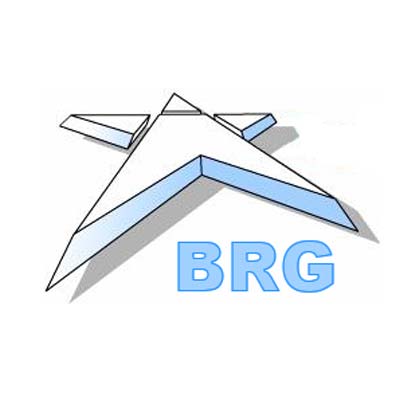Q7: Business Rules and the Zachman Framework
Question: Why aren't rules found in any of the cells of the latest Zachman Framework ?
The Manifesto states clearly (principle 1.1) that rules should be considered a first-class citizen of the requirements world. Yet rules cannot be found in any of the cells of the Zachman Framework. Contradiction? No.
For an artifact to appear in a cell of the Framework it must represent a primitive. An artifact that references multiple primitives is considered a composite.
Rules are intrinsically composite. Even atomic rules can address multiple primitives. (Atomic means "can't be reduced into two or more rules without losing meaning.") An example: An accounting must be given by the CFO in Delaware on March 15, 2015. This rule refers to a thing ('accounting'), a person (the CFO), a place (Delaware), and a date (March 15, 2012).
Simply because an artifact is composite, however, doesn't necessarily make it unimportant. Consider what Zachman calls integration relationships - the connections tying the six primitives together. Integration relationships serve to configure the enterprise at any given point in time. No integration relationships, no enterprise.
To illustrate, Zachman frequently rolls the Framework into a cylinder and looks through it like a telescope. The primitives must be tied together through that empty cylinder by integration relationships. What can serve in that role?
Traditionally, integration relationships have been implemented by procedural means - hardcoded into application programs. Unfortunately, that's like setting the business in concrete. It also plays havoc with process as the simple, straightforward primitive it really should be.
A much better alternative is rules. Rules, by comparison, are far easier to change. Consider rules then as the best candidate to achieve configuration agility for the enterprise.
References:
[1] The Manifesto is free, only 2 pages long, translated into 15 languages. Have a quick look (or re-look!). No sign up required. Well worth your time.
[2] Version 3.0 http://www.zachman.com
About our Contributor:
Online Interactive Training Series
In response to a great many requests, Business Rule Solutions now offers at-a-distance learning options. No travel, no backlogs, no hassles. Same great instructors, but with schedules, content and pricing designed to meet the special needs of busy professionals.












